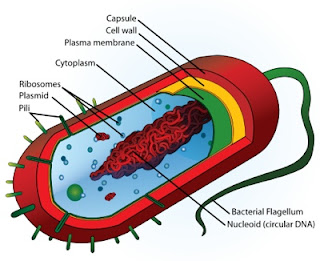Last Thursday and Friday was a very
hectic yet memorable for me. An awesome event was held last two days which
involved all the staffs and students of Department of Microbiology.The Awesome Microbes Carnival is involved by all of the
microbes student from the first year until 4 year. Dr also divide the project and work by
batch. Our second year student have to handle the exhibition and activity inside
the hall .So many student comes from the primary school , secondary school and
other university. The event held for 2 days which is on thursday and friday.
The exhibition that my group manage to handle is
on endoplasmic and Golgi Apparatus . we also take turn to help the activity
games that need to have microbiology knowledge to play .The player need to read
the poster to answer the question and play.
We also prepared many activity and games booths so that the visitors can learn more about microbiology. students was very excited to play the game. It will attract the student to know more about microbiology and science. outside the hall also selling microbes food product along the carnival held. they create the food in unique way such as tapai ice cream, kimbab, cupcake and donut in microbe shape. During the event, there were also some 3D printers in the Panggung Percubaan. They printed our 3D models of microbe .There are some microscopes placed in the Panggung Percubaan to give experiences to all the visitors to see the microorganisms.
We also prepared many activity and games booths so that the visitors can learn more about microbiology. students was very excited to play the game. It will attract the student to know more about microbiology and science. outside the hall also selling microbes food product along the carnival held. they create the food in unique way such as tapai ice cream, kimbab, cupcake and donut in microbe shape. During the event, there were also some 3D printers in the Panggung Percubaan. They printed our 3D models of microbe .There are some microscopes placed in the Panggung Percubaan to give experiences to all the visitors to see the microorganisms.
I learn how to handle program
with all my friends . I know how to cooperate with others when we manage this
carnival .Thank you Dr Wan for everything and have a great day ! :D It is such a great event. I hope that there are
another series of event like this in the future!



























